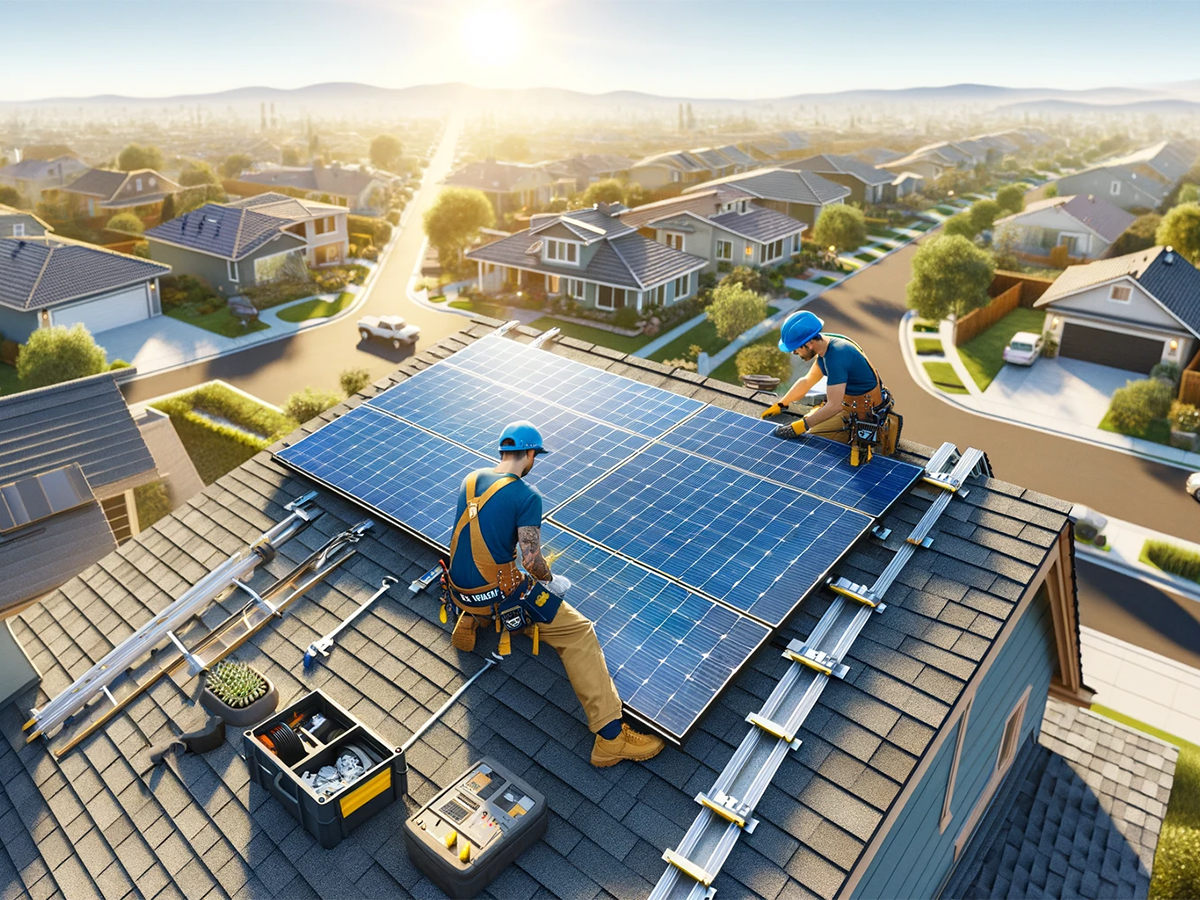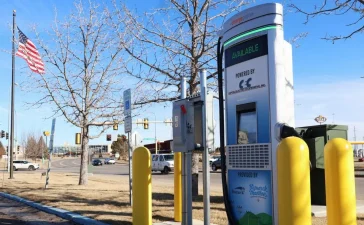
What is PM Surya Ghar Muft Bijlee Yojana?
According to the Press Information Bureau release, “PM Surya Ghar Muft Bijlee Yojana is a Central Scheme that aims to provide free electricity to one crore households in India, who opt to install roof top solar electricity unit. The households will be able to get 300 units of electricity free every month. It was approved by the Union Cabinet on February 29th, with an outlay of Rs.75,021 crore.”Also read: Who is eligible to apply for free electricity under PM Surya Ghar Muft Bijli Yojana?Also read: PM Surya Ghar Muft Bijli Yojana: Step-by-step guide on how to get subsidy in your bank account within 30 days
Below are a few important FAQs released by the PIB on March 1, 2024.
How does PM Surya Ghar Muft Bijlee Yojana work?
The initiative offers a subsidy of 60% of the solar unit cost for systems up to 2 kW capacity and 40% of the extra system cost for systems between 2 and 3 kW capacity. The subsidy is limited to a maximum capacity of 3 kW. At current benchmark pricing, this translates to a Rs 30,000 subsidy for a 1 kW system, Rs 60,000 for a 2 kW system, and Rs 78,000 for a 3 kW system or above.
Who are eligible to apply for the Scheme?
1. The applicant must be an Indian citizen.
2. Must own a house with a roof that is suitable for installing solar panels.
3. The household must have a valid electricity connection.
4. The household must not have availed of any other subsidy for solar panels
Can a consumer avail of loan facility to finance the solar unit?
Yes. Households will be able to access collateral-free low-interest loan products of around 7% at present for installation of residential RTS systems up to 3 kW. The interest rate has been pegged at 0.5% above the prevailing Repo Rate decided by the Reserve Bank of India from time to time. In the event of Repo Rate, which is 6.5% at present, getting reduced to say 5.5%, the effective interest rate for consumer will become 6% instead of the current 7%.
Also read: Postal department starts registrations for solar rooftop scheme; Know details
What is the procedure for availing subsidy?
Step 1
- Register on the portal
- Select your State & Electricity Distribution Company
- Enter your Electricity Consumer Number, Mobile Number & Email.
Step 2
- Login with Consumer Number & Mobile Number
- Apply for the Rooftop Solar as per the form
Step 3
- Once you get the feasibility approval, get the plant installed by any of the registered vendors
Step 4
- Once installation is completed, submit the plant details and apply for net meter.
Step 5
- Commissioning certificate will be generated from the portal, after installation of net meter and inspection by DISCOM.
Step 6
- Once you get the commissioning report. Submit the bank account details and a cancelled cheque through the portal. You will receive your subsidy in your bank account within 30 days.
Why should a household opt for the Roof Top Solar Scheme?
The households will be able to save electricity bills as well as earn additional income through sale of surplus power to DISCOMs.
PM Surya Ghar Muft Bijlee Yojana promises an assured saving of approximately Rs 15,000 in a year for a household consuming up to 300 units a month, by installing Roof Top Solar unit of 3 kW capacity. Such a household, by generating its own electricity will save on electricity bill approximately Rs 1,800 – Rs 1875.
Even after deducting the EMI of Rs 610 on the loan availed for financing the solar unit, the saving would be around Rs 1,265 per month or approximately Rs 15,000 in a year. The savings for the households not availing of loan will be even higher.









